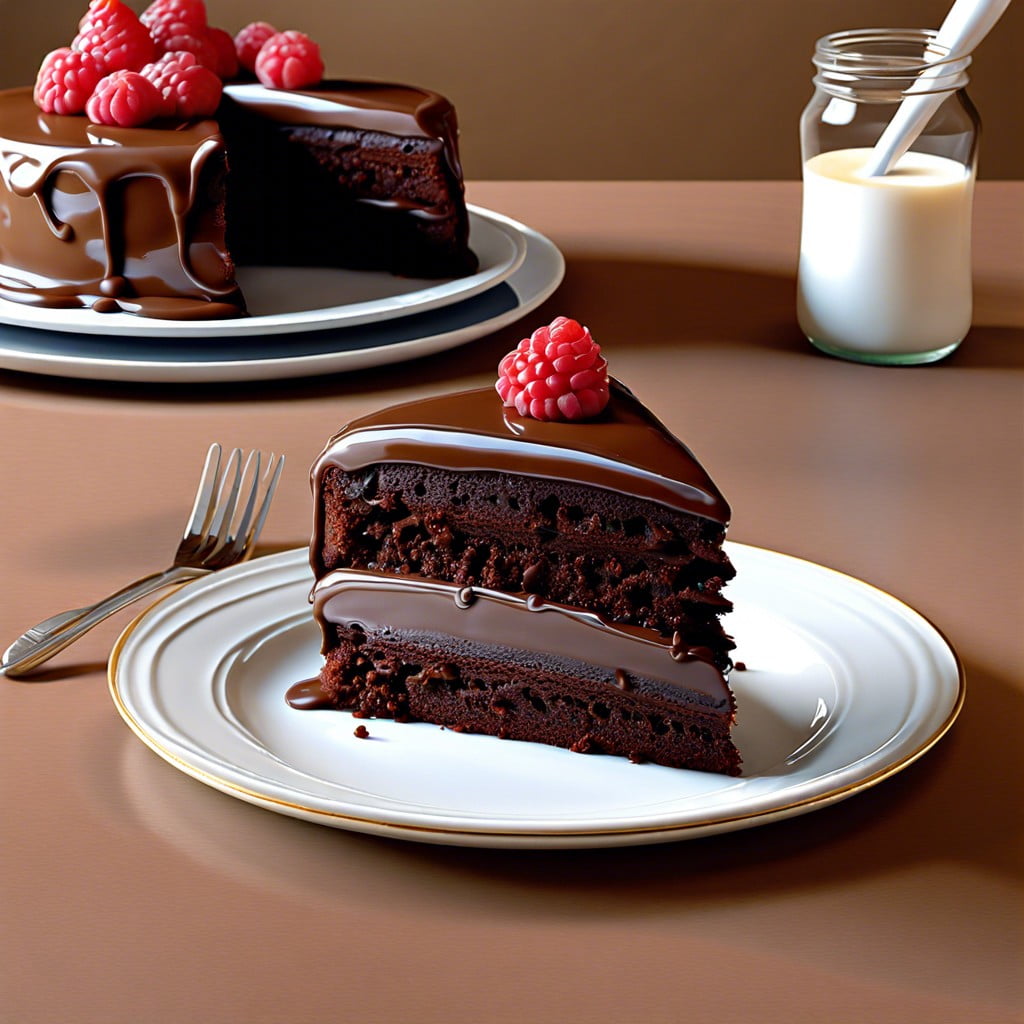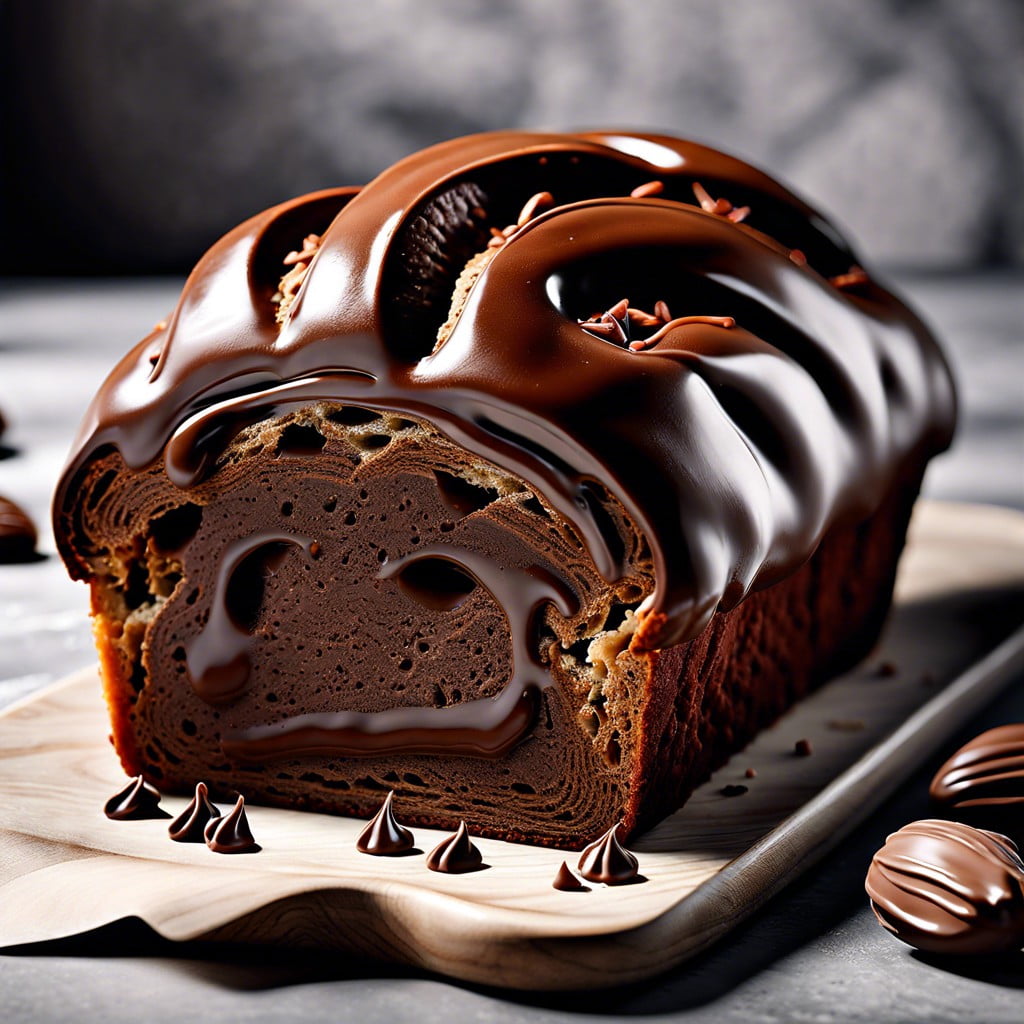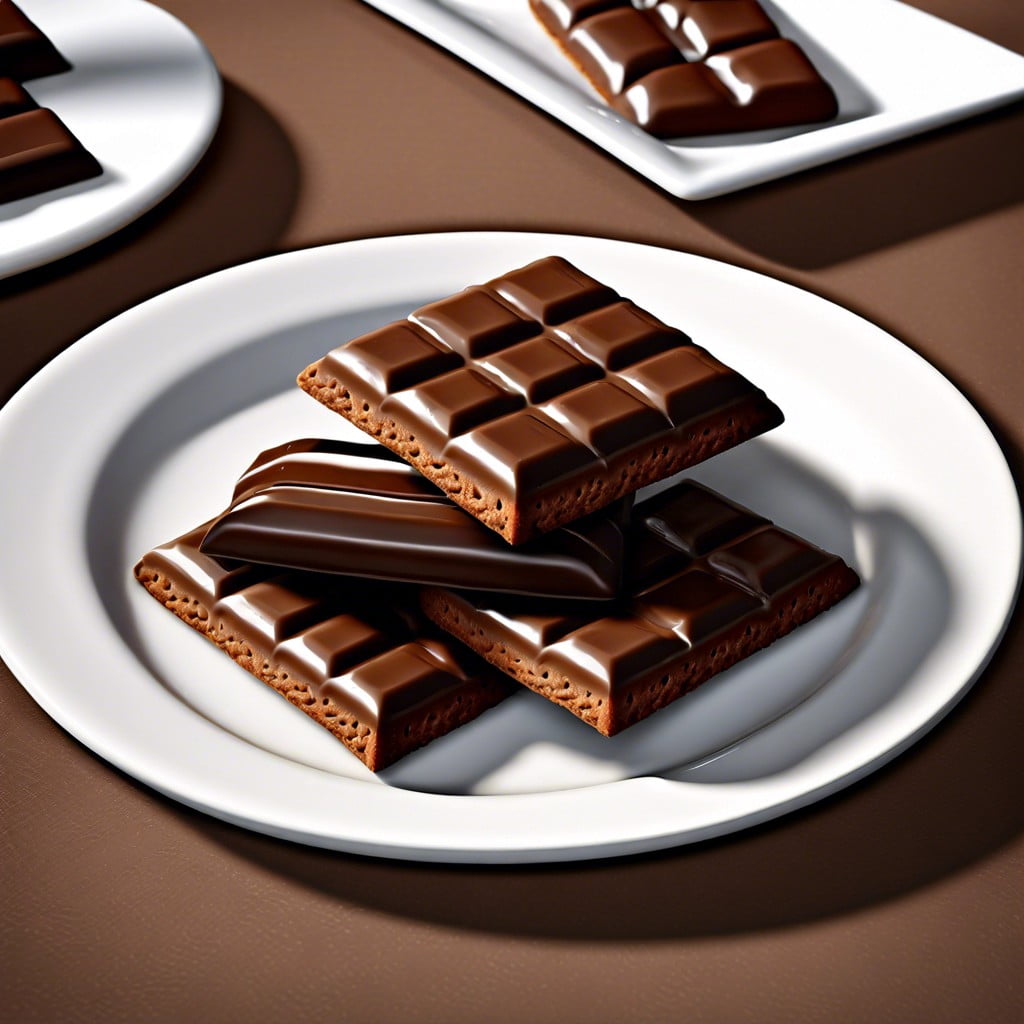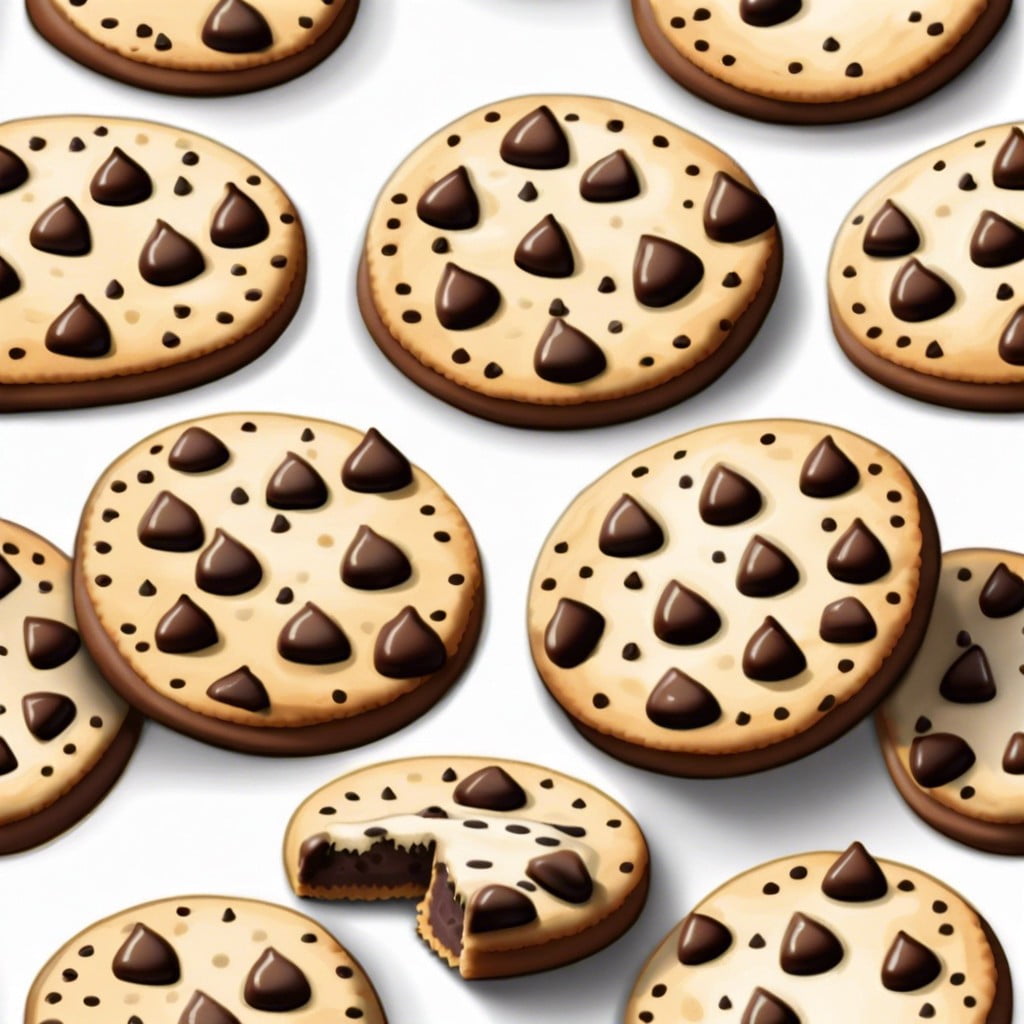Get ready for the most decadent, moist, and indulgent chocolate cake that’s easy to whip up and perfect for any celebration!
Craving a chocolate cake that tastes like it was whipped up in Willy Wonka’s own kitchen? You’re in the right corner of the internet. Dive in for a foolproof recipe, brimming with all the nitty-gritty details, irresistible flavor, and a dash of fun. So, tie your apron and let’s turn some cocoa dreams into scrumptious reality!
Inside
Death by Chocolate Cake

This sinfully decadent chocolate cake is sure to satisfy even the most insatiable of chocolate cravings. Moist, rich, and utterly gooey, it’s the perfect dessert to indulge in after a long day—or as a glorious breakfast, because why not? You only live once! This cake doesn’t just flirt with your taste buds, it proposes to them.
- Cooking Method: Baking
- Prep Time: 20 minutes
- Cooking Time: 30 minutes
- Cuisine Type: Dessert
Ingredients
- 1 and 3/4 cups all-purpose flour
- 1 and 1/2 cups granulated sugar
- 3/4 cup unsweetened cocoa powder
- 1 and 1/2 teaspoons baking powder
- 1 and 1/2 teaspoons baking soda
- 1 teaspoon salt
- 2 large eggs
- 1 cup whole milk
- 1/2 cup vegetable oil
- 2 teaspoons vanilla extract
- 1 cup boiling water
- 1/2 cup semi-sweet chocolate chips
Cooking Instructions
- Preheat your oven to 350°F (175°C). Grease and flour two 9-inch round baking pans.
- In a large bowl, whisk together the flour, sugar, cocoa powder, baking powder, baking soda, and salt.
- Add the eggs, milk, oil, and vanilla extract to the dry ingredients. Beat on medium speed for 2 minutes.
- Stir in the boiling water until the batter is well-combined and smooth. The batter will be thin, don’t panic!
- Pour the batter evenly into the prepared pans. Sprinkle the chocolate chips evenly over the batter in each pan.
- Bake for 30 to 35 minutes, or until a toothpick inserted into the center comes out clean.
- Let the cakes cool in the pans for 10 minutes, then remove them from the pans and transfer to a wire rack to cool completely.
Suggestions
- Alternative Ingredients: Swap whole milk for almond milk for a dairy-free option. Use coconut oil instead of vegetable oil for a subtle coconut flavor.
- Garnishing Options: Top with a generous layer of chocolate ganache, whipped cream, or fresh berries. Or all three—go wild!
- Cooking Tips: For an extra chocolatey punch, add a handful of chopped dark chocolate to the batter. Store the cake in an airtight container to keep it moist.




